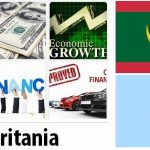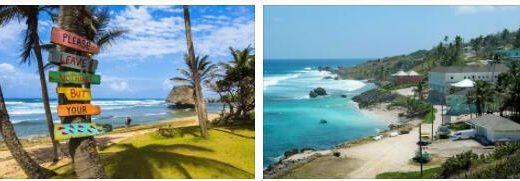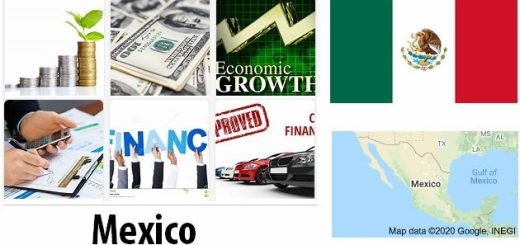Barbados Economy Facts
Economical overview
Barbados is one of the most developed and prosperous countries in the Caribbean and also socially and politically stable. Gross domestic product per person is one of the highest in the Western Hemisphere. Today, the economy is based mainly on tourism and financial services.
The former mainstay of the economy, the sugar industry, has declined in importance since the 1960s, as has agriculture in general.
- Countryaah.com: Major imports by Barbados, covering a full list of top products imported by the country and trade value for each product category.
Despite the relative strength, Barbados belongs to a category of countries that the United Nations calls “small island nations under development” – countries that are characterized by being small economies with limited resources and particularly vulnerable to natural disasters.
As a small and open economy, Barbados is also extremely sensitive to international price fluctuations and business cycles. After the global financial crisis of 2008, the economy has had a hard time recovering. Growth averaged 0.3 percent in 2010–2014 and has since increased quite modestly. Government debt’s share of GDP has risen sharply, from around 50 percent in 2007 to over 100 percent in 2015.
The service sector completely dominates the economy while the industry accounts for just over a tenth of GDP. Low taxes and duties have attracted foreign finance companies to establish themselves on the island and since the early 1990s, the financial sector has grown significantly. Barbados has the advantage of having a relatively well-trained workforce and of being within the same time zone as major financial centers on the US East Coast. The regulations mean that many companies in the so-called offshore business have local employees and offices in Barbados and not just on paper, which is often the case in other countries. The business thus also provides some revenue to the state.
- Abbreviationfinder.org: Check this abbreviation website to find three letter ISO codes for all countries in the world, including BRB which represents the country of Barbados. Check findjobdescriptions to learn more about Barbados.
Following some international criticism in the early 2000s, the Government of Barbados increased its transparency in banking and the country was removed in 2002 from the economic cooperation organization OECD’s black list of tax havens. According to Transparency International, Barbados is also among the least corrupt countries in the Western Hemisphere.
However, Barbados was included in the EU’s first black list of tax havens but was soon moved, in early 2018, to a “gray” list of countries to be monitored. From 2017, Barbados has also promised to participate in an automatic exchange of information on foreigners’ bank holdings.
FACTS – FINANCE
GDP per person
US $ 16,328 (2017)
Total GDP
US $ 4,674 million (2017)
GDP growth
1.0 percent (2017)
Agriculture’s share of GDP
1.4 percent (2016)
Manufacturing industry’s share of GDP
4.8 percent (2016)
The service sector’s share of GDP
74.9 percent (2016)
Inflation
1.9 percent (2019)
Government debt’s share of GDP
125.7 percent (2018)
Currency
Barbadian dollar
Merchandise exports
US $ 885 million (2013)
Imports
US $ 1,687 million (2013)
Current account
– US $ 248 million (2013)
Commodity trade’s share of GDP
45 percent (2017)
Main export goods
lighter industrial products, sugar and molasses, rum, food and beverages, chemicals, fuel, electronics
Largest trading partner
CARICOM countries, USA, EU countries, Russia, China













